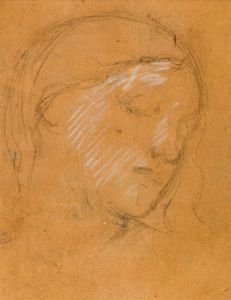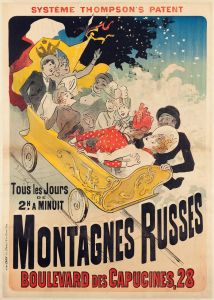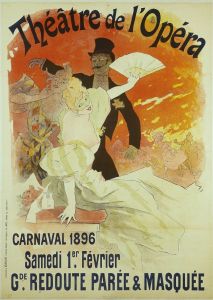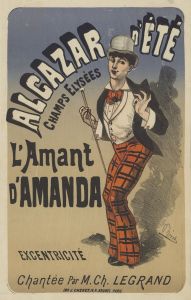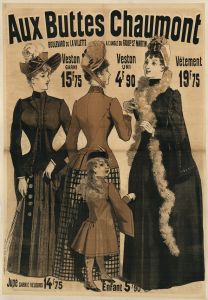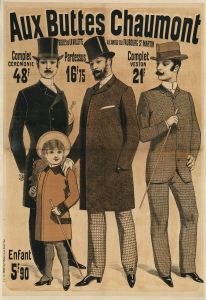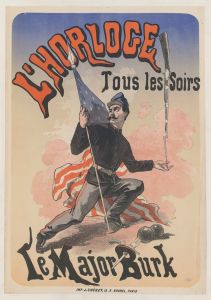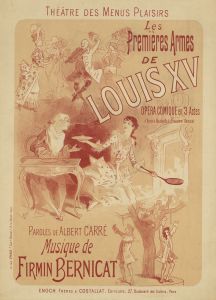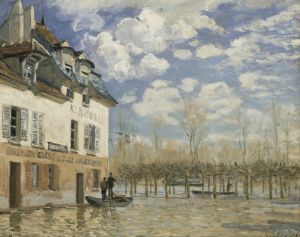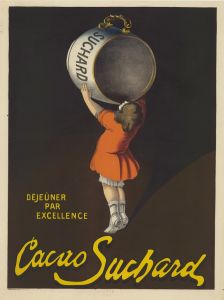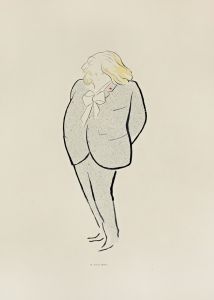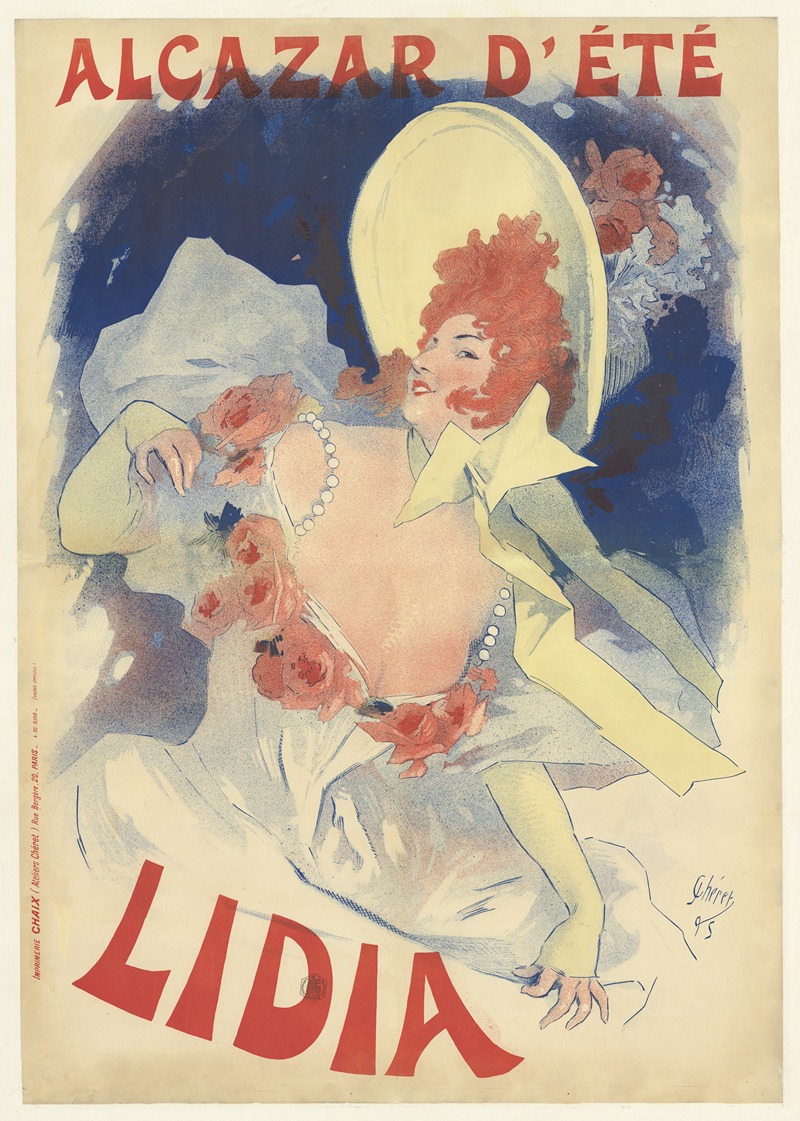
Alcazar d’été. Lidia
A hand-painted replica of Jules Chéret’s masterpiece Alcazar d’été. Lidia, meticulously crafted by professional artists to capture the true essence of the original. Each piece is created with museum-quality canvas and rare mineral pigments, carefully painted by experienced artists with delicate brushstrokes and rich, layered colors to perfectly recreate the texture of the original artwork. Unlike machine-printed reproductions, this hand-painted version brings the painting to life, infused with the artist’s emotions and skill in every stroke. Whether for personal collection or home decoration, it instantly elevates the artistic atmosphere of any space.
Jules Chéret, often referred to as the "father of the modern poster," was a French painter and lithographer renowned for his vibrant and innovative advertising posters during the late 19th century. One of his notable works, Alcazar d’été. Lidia, is a lithographic poster created in 1878 to promote performances at the Alcazar d'Été, a popular Parisian café-concert of the time.
The poster features Lidia, a celebrated performer of the era, who was known for her appearances at the Alcazar d'Été. Chéret's depiction of Lidia captures the lively and dynamic spirit of Parisian entertainment during the Belle Époque. The artwork showcases Chéret's signature style, characterized by bold colors, fluid lines, and a sense of movement that draws the viewer's attention. Lidia is portrayed in an elegant and theatrical pose, wearing a flowing costume that emphasizes her role as a performer. The background includes decorative elements and text that highlight the venue and its offerings, blending art and advertisement seamlessly.
Chéret's work on posters like Alcazar d’été. Lidia played a significant role in elevating the status of commercial art. His designs were not only functional as advertisements but also celebrated as works of art in their own right. By combining artistic creativity with the practical purpose of promoting events, Chéret helped establish the poster as a legitimate medium of artistic expression.
The Alcazar d'Été, located on the Champs-Élysées in Paris, was a prominent entertainment venue during the late 19th century. It hosted a variety of performances, including music, comedy, and dance, attracting audiences from across the city. Chéret's posters for the venue contributed to its popularity and helped define the visual culture of the period.
Today, Alcazar d’été. Lidia is recognized as an important example of Chéret's contribution to the development of graphic design and advertising art. The poster is often studied for its artistic and historical significance, reflecting the cultural vibrancy of Paris during the Belle Époque and the evolution of visual communication in the modern era.






